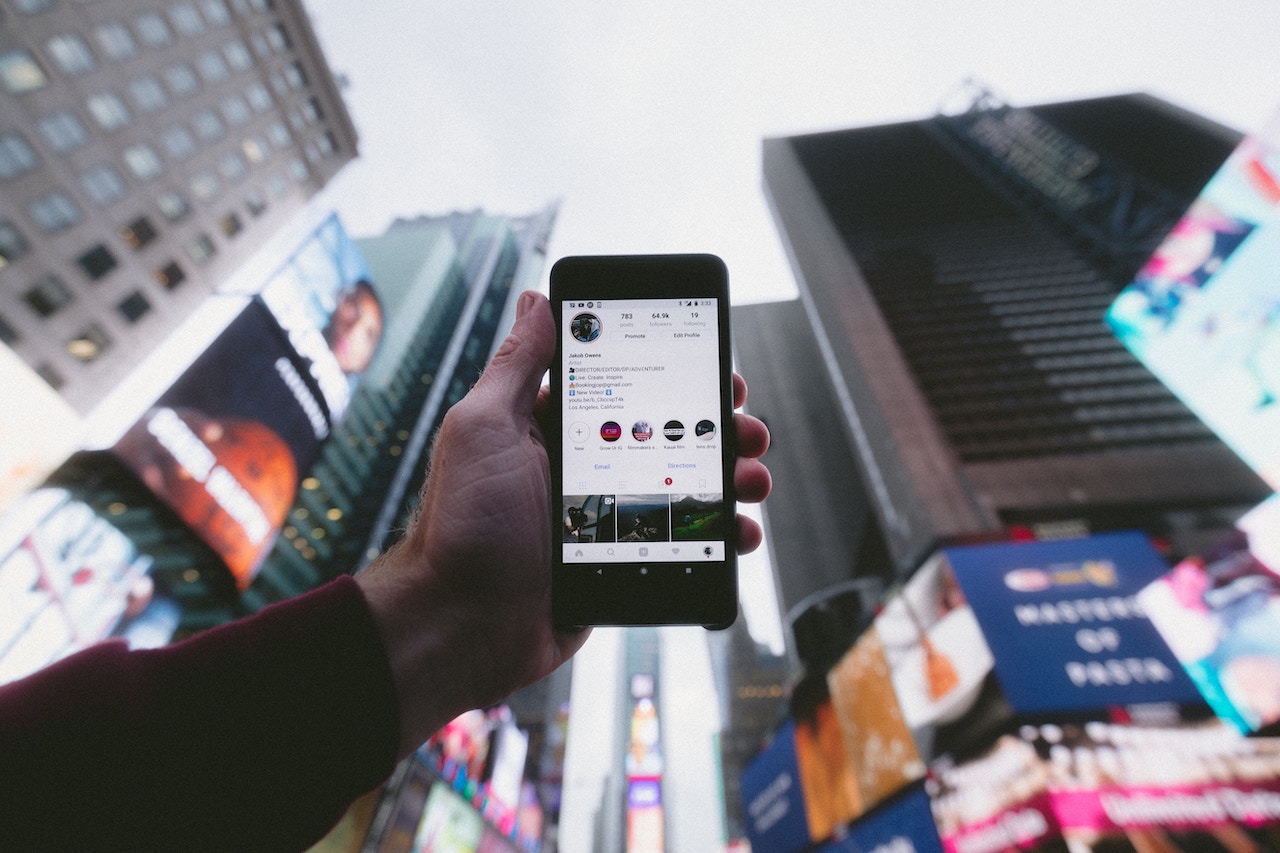In today’s digital age, the power of social media cannot be ignored. In fact, more than 3 billion people worldwide use social media— a staggering figure that makes up close to half of the world’s total population (and steadily climbs each year). With 11 new people starting to use social media every second, overlooking this valuable marketing channel is a mistake for any business.
Social media is more than influencers and picture-perfect flat lays— it is an opportunity to encourage brand conversations, increase conversions, and expand audience reach. It’s estimated that 90% of brands use social media to boost brand awareness, according to HootSuite research. If you ignore these platforms, you can easily fall behind the competition.
Read on to learn how you can create a social media marketing strategy to improve conversions.
What is a social media conversion?
In general terms, a conversion is when a visitor to your website or social media account completes a desired action.
Conversions are customarily discussed in terms of website conversions— or when visitors to your website become actual leads or sales. This usually means a site visitor has shared their email address, phone number, relevant contact details or made a purchase.
In social media marketing, conversions are defined in a similar sense— when social media visitors complete a specific call to action (CTA). Social media conversions often revolve around sending people to a landing page, gaining sign ups (e.g., newsletter opt-ins), or contact your team.
How to increase social media conversions
If you increase audience reach, you’ll improve your chances to increase conversions. After all, how can people become customers if they don’t know you exist? How can social media users engage with your brand if you don’t capture their attention with content that will influence them to do so?
When you get the right attention from the right people, your conversion rates should benefit.
A social media marketing strategy should guide the best practices and social activities that suit your business objectives. Luckily, there are some simple enough things you can do to improve your chances of excelling at social media and gaining the attention of your ideal customers (i.e., target demographic).
1. Choose the right social media channels
First thing’s first— if you want to reach ideal customers, you need to be strategic with the content you create and where you share it. The social media platforms you use will have a huge impact on the audiences you reach.
For example, if your target demographic is young adults, you’ll want to ensure a strong presence on Snapchat, Instagram and Twitter. In fact, 78% of 18-24 year-olds are Snapchat users, 72% of teens use Instagram on a daily basis, and 80% of Twitter users are “affluent millennials.”

On the other hand, if you’re a B2B company seeking to attract college-educated professionals or other companies, a platform like LinkedIn would be ideal. Studies have shown that 80% of B2B leads come from LinkedIn and 94% of B2B marketers use LinkedIn to distribute content. Furthermore, there are over 46 million students and recent college graduates on LinkedIn.
Facebook is good for reaching a general audience. There are over 2 billion monthly active users on Facebook, with 88% age 18-29, 84% 30-49, 72% 50-64 and 62% 65+ on the site. This makes Facebook comparatively a much better option to reach older demographics.
However, the best thing your business can do is create a multi-channel approach for audience engagement. After all, if you have the resources to cast a wider net, you’ll catch more fish!
2. Focus on your branding
Your brand should be unique to your business and distinguish your company from the rest. Branding should be authentic and consistent across all social platforms, which ensures followers can find and identify you with ease. This includes everything from social media handles (e.g., use the same across all platforms), brand identity (e.g., use consistent filters, colors, fonts, etc.), the tone and style of written copy, the type of content you share, and the persona you develop, etc.
Create a specific social media marketing strategy that determines how you’re going to accomplish the above and stick to it. Look to brands inside (and outside) of your category who do branding well for inspiration.
Prioritize brand identity and visuals
Brand identity focuses on visuals and has become indispensable to a brand’s success. Share as much visual content as possible. In fact, social media posts that include images receive 650% higher engagement than text-only posts!
However, all visual content is not created equal. To get the best results, create high-quality visuals that are not only distinctive and true to your brand image, but also professional. Enlist the help of a graphic designer if you don’t have the skills in-house.
3. Bring clarity to each call to action
When your goal is conversions, you must create a clear and concise CTA. How will visitors know what you want from them if you don’t create a definitive path for them to take?
Make it easy for social media visitors to find your CTA and compel them to complete it by offering a relevant incentive. Rewards can be anything you deem fit and should be valuable enough to encourage action.
4. Share the right content at the right time
Capturing audience attention and conversions are influenced by the time and days you publish content. While there’s no one-size-fits-all rule that will guarantee successful post engagement, there are general guidelines you can incorporate into your social media marketing strategy.
Generally speaking, the best time to post on Facebook is from Thursday to Sunday around 9:00 am, when people are just starting work and 11:00 am – 12:00 pm. Depending on your industry and demographics this can change. If you’re posting to Instagram, try to avoid posting on Sundays as it is the day that marks the lowest engagement from users.
Use your own analytics for each platform to observe trends. By learning the behavioral patterns of your target audience, you can develop a social publishing strategy that’s most beneficial for you.
Creating a social media marketing strategy designed to increase social media conversions is a wise move for any business. Through careful consideration of your audience and overall business goals, your strategy can be—and will be—as effective as possible.
Ellan Dineen is a Marketing Associate at Design Wizard. When she’s not hard at work, Ellan can be found en route to foreign lands with a book in her hand and a podcast in her ear. With a Master’s in English and Diploma in Social Media Marketing, she knows the importance of staying up-to-date with the industry’s latest trends and insights and is keen to pass these tips on to her readers. Connect with @getdesignwizard on Twitter.
© YFS Magazine. All Rights Reserved. Copying prohibited. All material is protected by U.S. and international copyright laws. Unauthorized reproduction or distribution of this material is prohibited. Sharing of this material under Attribution-NonCommercial-NoDerivatives 4.0 International terms, listed here, is permitted.













